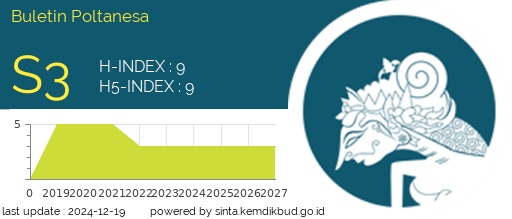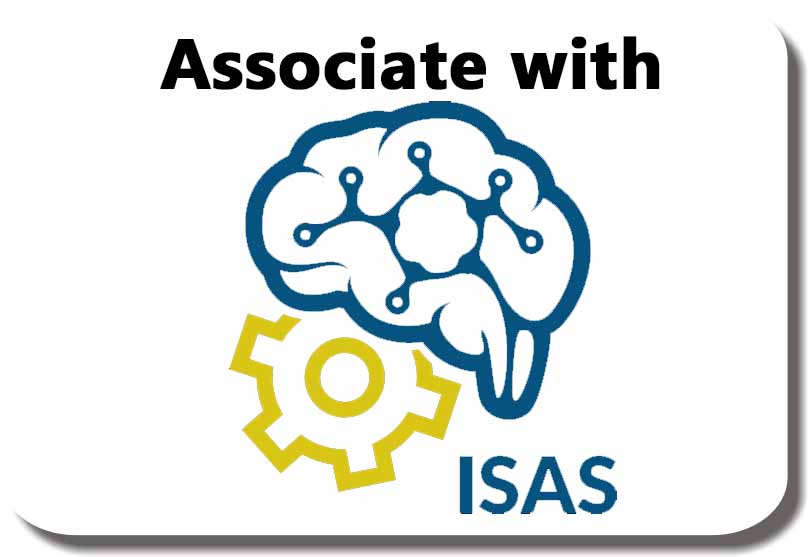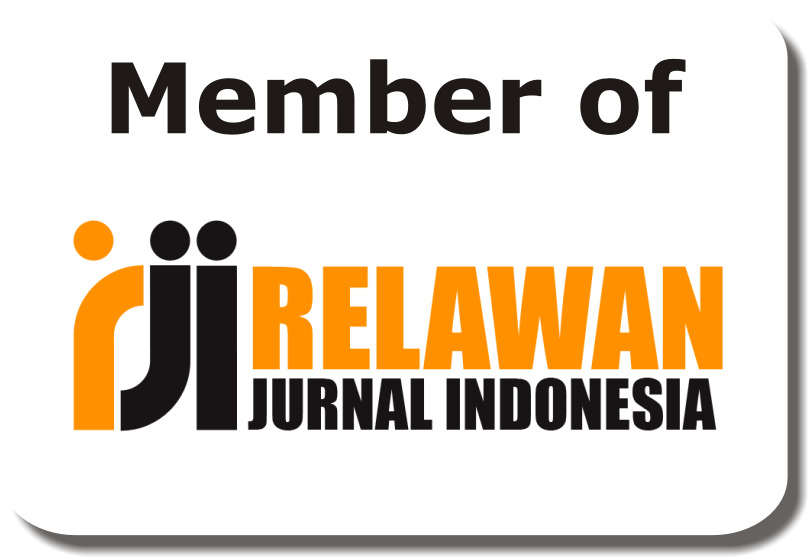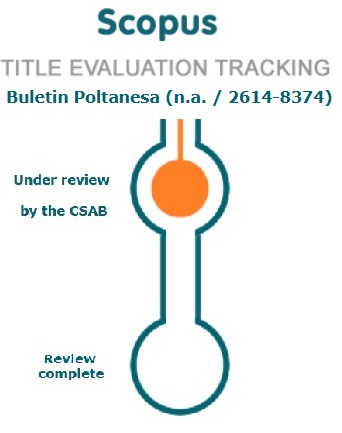Implementation of the Electronic Performance System for State Civil Apparatus at the Tenggarong Seberang Sub-District Office
DOI:
https://doi.org/10.51967/tanesa.v26i1.3392Keywords:
Electronic Performance System, Public Policy Implementation, State Civil Apparatus, Bureaucratic Reform, Digital GovernanceAbstract
This study explores the implementation of the Electronic Performance System for State Civil Apparatus at the Tenggarong Seberang Sub-District Office, Kutai Kartanegara Regency. The system was developed as part of the Indonesian government's broader strategy to improve bureaucratic performance and accountability through the application of digital governance (e-government). The research applies to a qualitative descriptive method with data collected through field observations, in-depth interviews, document analysis, and literature review. Key aspects examined include communication, resource availability, disposition or willingness of implementers, and bureaucratic structure drawing from the policy implementation model of George C. Edwards III. The findings reveal that while the transmission and clarity of the E-Kinerja policy are adequately established through training and socialization activities, the consistency of its application varies among staff. A significant challenge lies in the limited understanding and technical capacity of certain employees to operate the system effectively. In addition, the absence of specific financial resources to support the digital infrastructure and recurring system errors further hinder smooth implementation. However, a strong disposition among the staff and legal support from national regulations such as BKN Regulation No. 7/2023 act as positive factors reinforcing the system’s use. This research concludes that the successful implementation of E-Kinerja depends not only on the system's technical robustness but also on human resource readiness, leadership commitment, and the integration of organizational routines. The case of the Tenggarong Seberang Sub-District Office illustrates both the opportunities and constraints that local governments face in translating central government digital policy into effective administrative practice. The study offers insights for future improvements in performance-based management systems within Indonesia’s public sector.
References
Akib, H. (2012). Implementasi Kebijakan: Apa, Mengapa dan Bagaimana. Jurnal Ilmiah Ilmu Administrasi Publik, 1(1), 1–11. https://doi.org/10.26858/jiap.v1i1.289
BKD Provinsi Kalimantan Timur. (2022, January 5). Pemprov Kaltim Jadi Salah Satu Lokus Piloting Penerapan E-Kinerja BKN. https://bkd.kaltimprov.go.id/berita/berita-provinsi/pemprov-kaltim-jadi-salah-satu-lokus-piloting-penerapan-e-kinerja-bkn-
Choiriyah. (2018). Implementasi Kebijakan Publik dalam Penanganan Kemiskinan; Studi Implementasi Program Bantuan Langsung Tunai (BLT) di Kelurahan Kuto Batu Kecamatan Ilir Timur II. Islamic Banking, 3(2), 17–30.
Dinas Pendidikan Kabupaten Kulon Progo. (2023). Aplikasi E-Kinerja Badan Kepegawaian Negara. https://pendidikan.kulonprogokab.go.id/detil/1901/aplikasi-e-kinerja-badan-kepegawaian-negara
Gunandi, T., Hidayat, A. F., Rahmat, B., Yppt, S., & Tasikmalaya, P. (2024). Implementasi Kebijakan Tentang Pengelolaan Kinerja Pegawai Aparatur Sipil Negara (ASN) di Sekretariat DPRD Kota Tasikmalaya. Indonesian Journal of Education and Humanity, 4(2), 10–17.
Henriyani, E. (2019). Problematika Dalam Implementasi Kebijakan Publik. MODERAT: Jurnal Ilmiah Ilmu Pemerintahan, 1(4), 657–666.
Kementerian Pendayagunaan Aparatur Negara dan Reformasi Birokrasi. (2020, May 20). Sistem Pemerintahan Berbasis Elektronik (SPBE). https://www.menpan.go.id/site/kelembagaan/sistem-pemerintahan-berbasis-elektronik-spbe-2
Kukarpaper.co.id. (2022, October 12). BKN Sosialisasikan Penerapan Sistem Informasi Kinerja, Diharapkan Kinerja ASN Kukar Terekam Secara Berjenjang. https://kukarpaper.com/bkn-sosialisasikan-penerapan-sistem-informasi-kinerja-diharapkan-kinerja-asn-kukar-terekam-secara-berjenjang/
Miles, M. B., Huberman, M., & Saldana, J. (2014). Qualitative Data Analysis (3rd ed.). SAGE Publications.
Muliawaty, L., & Hendryawan, S. (2020). Peranan E-Government dalam Pelayanan Publik (Studi Kasus: Mal Pelayanan Publik Kabupaten Sumedang). Jurnal Ilmu Administrasi, 11(2).
Muslimah, A. (2024). Analisis Penggunaan Aplikasi E-Kinerja Terhadap Kinerja PNS Kelurahan Mojayan Kecamatan Klaten Tengah. Operation Technology and Management Journal, 1(1), 51–62. https://doi.org/xxxxxx
Nada, S. Q., & Mursyidah, L. (2022). Efektivitas Elektronik Kinerja (e-Kinerja) pada Badan Kepegawaian Daerah (BKD) Kabupaten Sidoarjo. Web of Scientist: International Scientific Research Journal, 1(3), 1–19. https://doi.org/10.47134/webofscientist
Pasolong, H. (2020). Metode Penelitian Administrasi Publik (4th ed.). Alfabeta.
Pemerintah Kabupaten Kutai Kartanegara. (2024a). Kependudukan. https://www.kukarkab.go.id/selayang-pandang/kependudukan
Pemerintah Kabupaten Kutai Kartanegara. (2024b). Potensi Daerah. https://www.kukarkab.go.id/selayang-pandang/potensi-daerah
Rifil.co.id. (2022). Aplikasi e-Kinerja (Aplikasi Kinerja secara Elektronik dan Pembayaran Tunjangan Kinerja). https://rifil.co.id/2024/01/13/aplikasi-e-kinerja-aplikasi-kinerja-secara-elektronik-dan-pembayaran-tunjangan-kinerja/
Sholahuddin, A. (2021). Metodologi Penelitian Sosial Perspektif Kualitatif Kuantitatif (1st ed.). Edulitera. https://www.researchgate.net/publication/353572200
Subianto, A. (2020). Kebijakan Publik: Tinjauan Perencanaan, Implementasi dan Evaluasi. PT Menuju Insan Cemerlang.
Susanti, E., Rahim, H., Handayani, S., & Titisemita, A. (2023). Evaluasi Kinerja Berbasis Aplikasi E-Kinerja di Kantor Kecamatan Lubuk Sikarah Kota Solok. Jurnal Ekonomi Manajemen dan Bisnis (JEMB), 1, 123–127.
Yanuarita, H. A., & Susanto, D. (2023). Evaluation of the Implementation of E-Kinerja at the Nganjuk Regency Secretariat. Jurnal Ilmu Sosial dan Pendidikan (JISIP), 7(4), 3480–3484. http://dx.doi.org/10.58258/jisip.v7i4.6084
Downloads
Published
How to Cite
Issue
Section
License
Copyright (c) 2025 Buletin Poltanesa

This work is licensed under a Creative Commons Attribution-ShareAlike 4.0 International License.
The copyright of this article is transferred to Buletin Poltanesa and Politeknik Pertanian Negeri Samarinda, when the article is accepted for publication. the authors transfer all and all rights into and to paper including but not limited to all copyrights in the Buletin Poltanesa. The author represents and warrants that the original is the original and that he/she is the author of this paper unless the material is clearly identified as the original source, with notification of the permission of the copyright owner if necessary.
A Copyright permission is obtained for material published elsewhere and who require permission for this reproduction. Furthermore, I / We hereby transfer the unlimited publication rights of the above paper to Poltanesa. Copyright transfer includes exclusive rights to reproduce and distribute articles, including reprints, translations, photographic reproductions, microforms, electronic forms (offline, online), or other similar reproductions.
The author's mark is appropriate for and accepts responsibility for releasing this material on behalf of any and all coauthor. This Agreement shall be signed by at least one author who has obtained the consent of the co-author (s) if applicable. After the submission of this agreement is signed by the author concerned, the amendment of the author or in the order of the author listed shall not be accepted.








